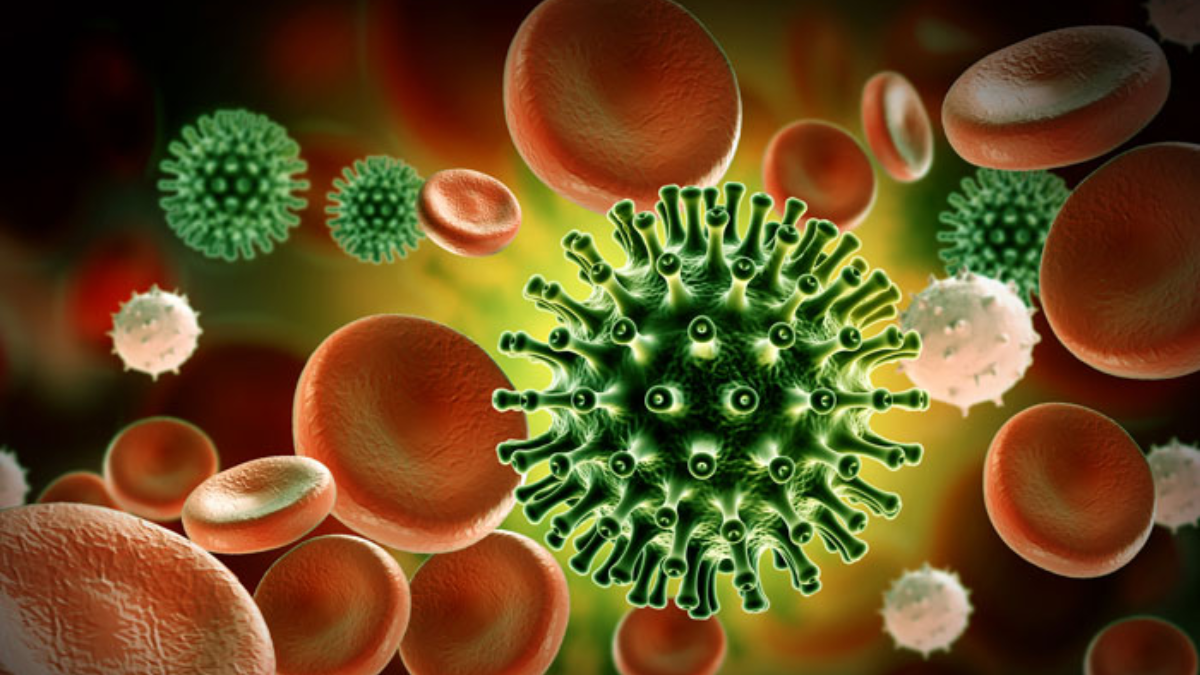
As the global battle against HIV continues, a new study has revealed an alarming trend: older adults are becoming increasingly affected by the virus. Yet, public health efforts remain heavily skewed toward younger populations. Published in The Lancet Healthy Longevity, the research sheds light on the overlooked burden of HIV among individuals aged 50 and above, highlighting a critical gap in current prevention and treatment strategies.
Table of Content:-
The Silent Surge: HIV Among Older Adults
Contrary to common belief, HIV is no longer a condition confined to the young. Researchers from Wits University in South Africa analysed data from Kenya and South Africa, uncovering that HIV prevalence among those over 50 is now on par with—or even surpassing—younger age groups. Despite this, public messaging, education, and treatment campaigns continue to centre around youth, ignoring a demographic that is increasingly at risk.

Dr Luicer Olubayo from the Sydney Brenner Institute for Molecular Bioscience (SBIMB) at Wits explained, “We often think of HIV as a disease of younger people. It doesn’t help that intervention campaigns are mainly targeted at the youth.” This misconception, according to experts, plays a significant role in the rising number of undiagnosed cases among older adults.
Why Older Adults Are Overlooked
Several factors contribute to the underrepresentation of older adults in HIV prevention and care initiatives. Surveys and public health databases tend to focus on individuals under 50, leaving older populations poorly monitored. This lack of data means limited visibility into how HIV impacts older individuals, resulting in insufficient resources directed toward them.

Additionally, older adults themselves often underestimate their risk of contracting HIV. Cultural taboos and stereotypes surrounding ageing and sexuality discourage open conversations about sexual health in this age group. Many do not perceive themselves as sexually active or vulnerable to infection, reducing their likelihood of seeking regular testing or using protection.
Also Read: CDC Links Salmonella Outbreak to Backyard Chickens: 7 Infected Across Six US States
The Stigma Barrier
Stigma remains a formidable barrier for older adults, further deterring them from accessing timely diagnosis or treatment. Shame and fear of judgment prevent many from getting tested, leading to late-stage diagnoses and increased complications. The researchers emphasised that this silence surrounding HIV in older age groups must be broken through targeted education and community-based interventions.

Dr F Xavier Gomez-Olive, an Associate Professor at the MRC/Wits-Agincourt Research Unit, highlighted that a lack of testing delays treatment and contributes to worse health outcomes. “HIV surveys focus on younger individuals, leaving considerable gaps in understanding HIV prevalence, incidence, and treatment outcomes in older populations,” he noted.
Also Read: Leukaemia Breakthrough: New Test Spots Relapse Before Symptoms, Offering Life-Saving Head Start
Reaching the Global HIV Targets
The findings also raise concerns about achieving the global UNAIDS 95-95-95 goals by 2030: ensuring that 95% of people living with HIV know their status, 95% of those are on treatment, and 95% of those have suppressed viral loads. Without adequate attention to older individuals, these ambitious targets could remain out of reach.
A Call for Inclusive Interventions
The study calls for comprehensive and inclusive strategies that recognise the needs of older adults. These should include:
- Routine and repeated HIV testing for those over 50.
- Pre-exposure prophylaxis (PrEP) access for at-risk older populations.
- Community outreach and awareness campaigns that reflect the realities of ageing and sexual health.
- Mental health and stigma-reduction initiatives, helping seniors feel supported and informed.
The shift in HIV demographics demands a rethinking of public health messaging. Ignoring older adults not only undermines their health but also weakens global efforts to end the HIV epidemic.
Botttomline
As HIV quietly spreads among older adults, it's clear that the “one-size-fits-all” approach to prevention and care is no longer effective. Addressing the unique vulnerabilities of the 50+ population is not just a matter of inclusivity—it is essential for the success of global HIV eradication goals. The time has come to rethink who gets counted, tested, treated, and protected.
Also watch this video
How we keep this article up to date:
We work with experts and keep a close eye on the latest in health and wellness. Whenever there is a new research or helpful information, we update our articles with accurate and useful advice.
Current Version